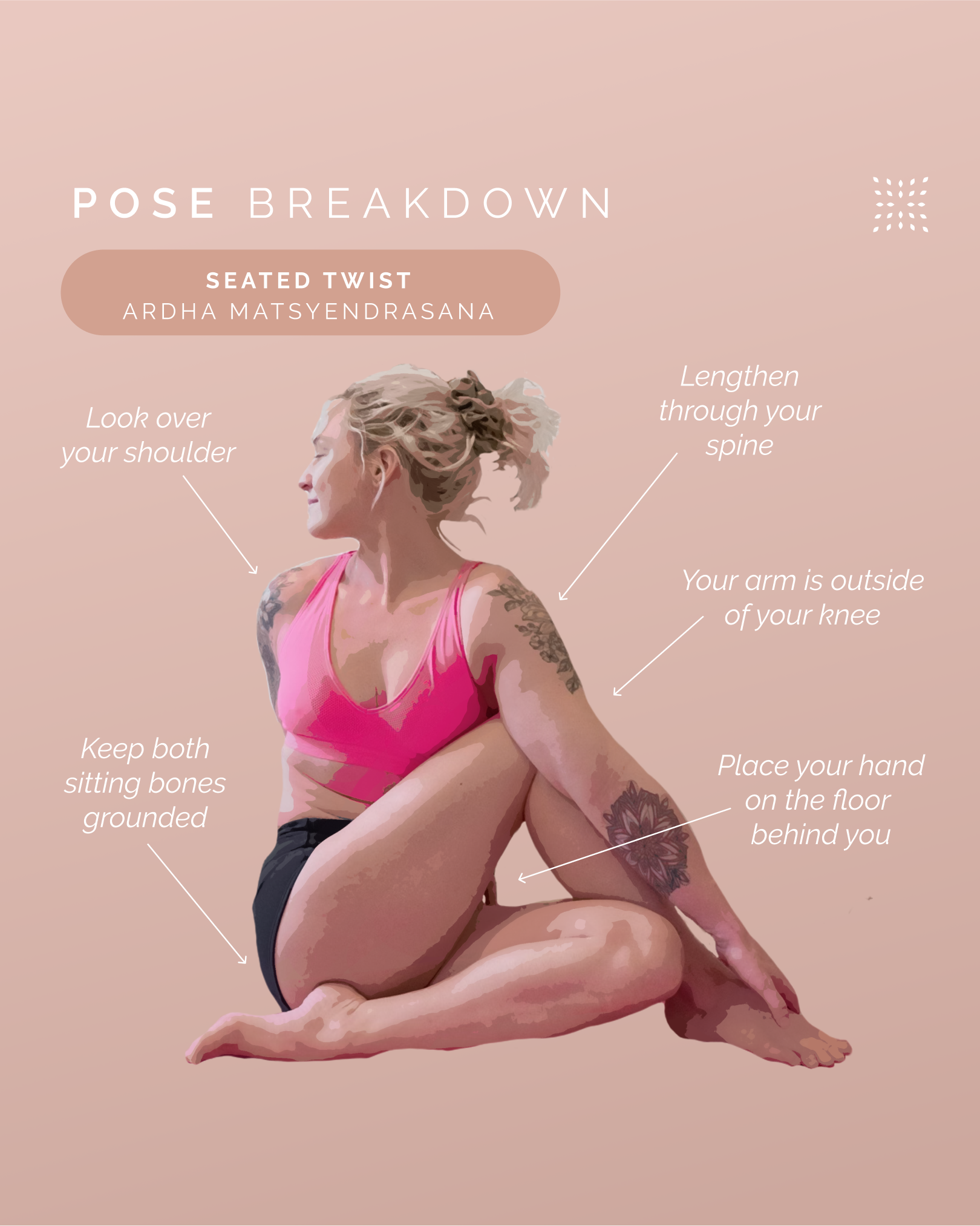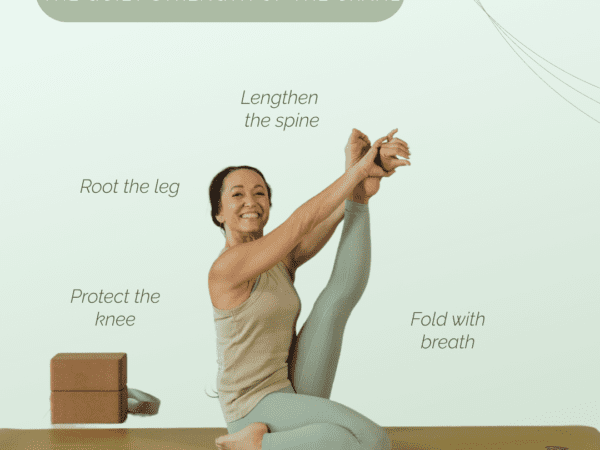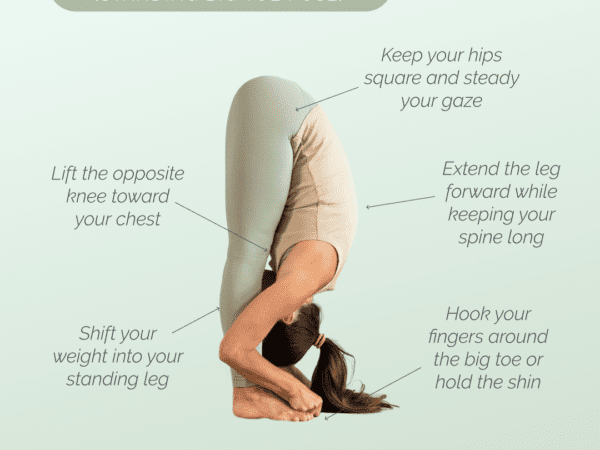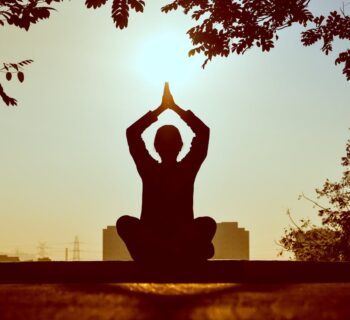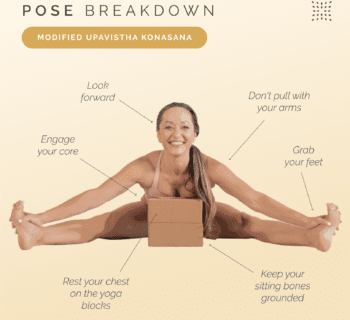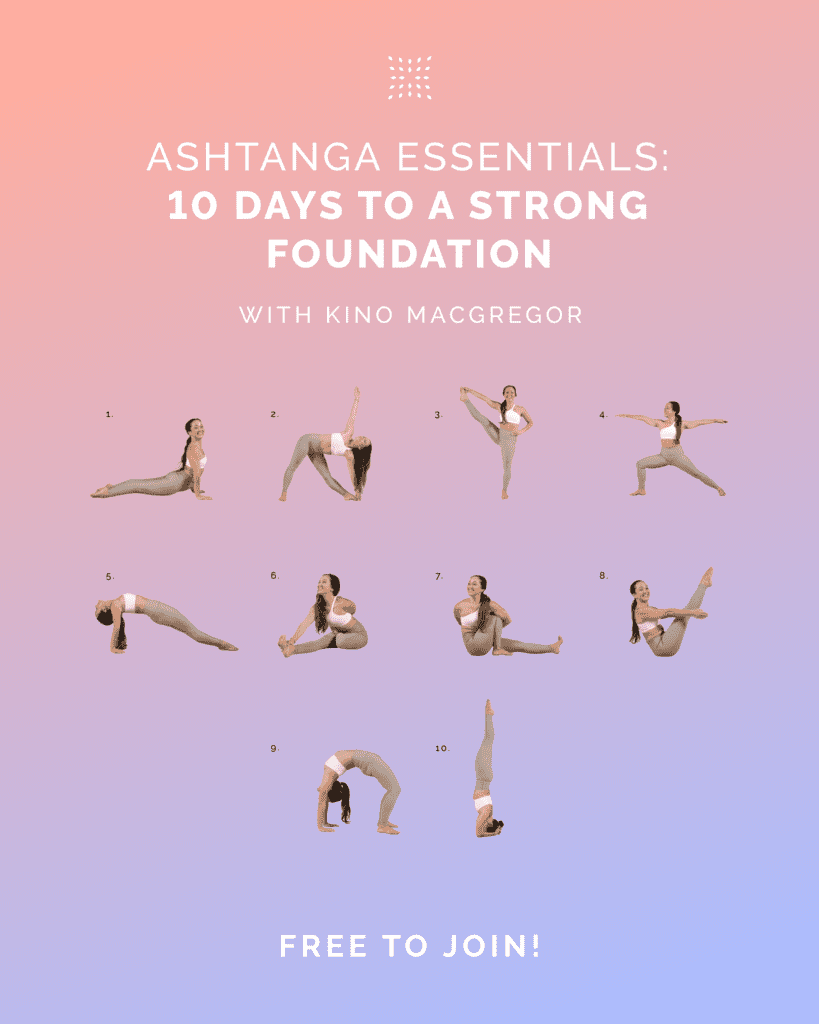Are you looking to deepen your yoga practice and enhance your flexibility? Seated twist, or ardha matsyendrasana, is a powerful pose that offers numerous benefits for both body and mind. In this blog post, we’ll guide you through the steps to master this invigorating twist, ensuring you reap its full rewards. Learning how to do seated twist (ardha matsyendrasana) can help you unlock new levels of relaxation and vitality. Let’s dive in and explore this transformative pose together!
Benefits of Seated Twist (Ardha Matsyendrasana)
Improves Spinal Mobility: Seated twist helps to increase flexibility and mobility in the spine, promoting better posture and reducing the risk of back pain.
Detoxifies Internal Organs: This pose stimulates the digestive organs, aiding in detoxification and improving overall digestive health.
Enhances Digestion: By massaging the abdominal organs, seated twist can help alleviate digestive issues such as bloating and constipation.
Relieves Stress and Tension: Twisting poses are known for their calming effects on the nervous system, helping to reduce stress and tension in the body through mindful breathing.
Strengthens Core Muscles: Engaging the core muscles during the twist helps to build strength and stability in the abdominal region.
Improves Circulation: The twisting motion encourages blood flow throughout the body, enhancing circulation and promoting overall vitality.
Increases Flexibility: Regular practice of seated twist can help increase flexibility in the hips, shoulders, and neck.
Balances Energy: In yoga, twists are believed to balance the body’s energy channels, promoting a sense of harmony and well-being.
Incorporating seated twist into your yoga routine can provide these benefits and more, helping you to achieve a healthier, more balanced body and mind.
Contraindications of Seated Twist (Ardha Matsyendrasana)
Even though seated twist has many benefits, this pose isn’t appropriate for everyone. Be careful attempting this pose if you have any of the following:
Spinal Injuries: Individuals with severe spinal issues, such as herniated discs or recent spinal surgery, should avoid this pose or consult a healthcare professional before attempting it.
Pregnancy: Pregnant women should avoid deep twists, as they can compress the abdomen and potentially harm the developing fetus.
Abdominal Surgery: Those who have recently undergone abdominal surgery should refrain from practicing this pose until fully healed.
Hernias: Individuals with hernias should avoid this pose, as the twisting motion can exacerbate the condition.
Severe Digestive Issues: People with severe digestive issues, such as ulcers or inflammatory bowel disease, should consult a healthcare provider before attempting this pose.
Hip or Knee Injuries: Those with hip or knee injuries should modify the pose or avoid it altogether to prevent further strain.
High Blood Pressure: Individuals with high blood pressure should practice this pose with caution and avoid holding their breath during the twist.
Glaucoma: People with glaucoma should avoid deep twists, as the increased intraocular pressure can worsen the condition.
Always listen to your body and consult with a healthcare professional or experienced yoga instructor if you have any concerns about practicing seated twist.
How to Do Seated Twist (Ardha Matsyendrasana) Step-by-Step
Sit on the floor with your legs extended straight in front of you. Ensure your spine is straight and your shoulders are relaxed.
Bend your right knee and place your right foot flat on the floor, close to your left thigh.
Cross your right foot over your left leg and place it on the outside of your left thigh. Your right knee should be pointing upwards.
Bend your left knee and bring your left foot towards your right hip. If this is uncomfortable, you can keep your left leg extended.
On an inhale, lengthen your spine, sitting up tall and reaching the crown of your head towards the ceiling.
On an exhale, begin to twist your torso to the right. Place your right hand on the floor behind you for support.
Hook your left elbow on the outside of your right knee. If this is too challenging, you can simply hug your right knee with your left arm.
With each inhale, lengthen your spine. With each exhale, twist a little deeper, looking over your right shoulder.
Hold the pose for 5-10 breaths, maintaining a steady and even breath.
To release, inhale and lengthen your spine. Exhale and slowly unwind your torso, returning to the starting position.
Repeat the same steps on the opposite side, twisting to the left.
Watch this video with Kino MacGregor for more insight about doing this pose.
Tips for Practicing Seated Twist
Keep Your Spine Long: Focus on lengthening your spine with each inhale to avoid collapsing into the twist.
Engage Your Core: Engage your core muscles to support the twist and protect your lower back.
Avoid Forcing the Twist: Move into the twist gently and avoid forcing your body beyond its comfortable range of motion.
Use Props if Needed: If you find it difficult to sit comfortably, you can sit on a folded blanket or yoga block to elevate your hips.
By following these steps and tips, you can safely and effectively practice the Seated Twist (Ardha Matsyendrasana), reaping its numerous benefits for your body and mind.


